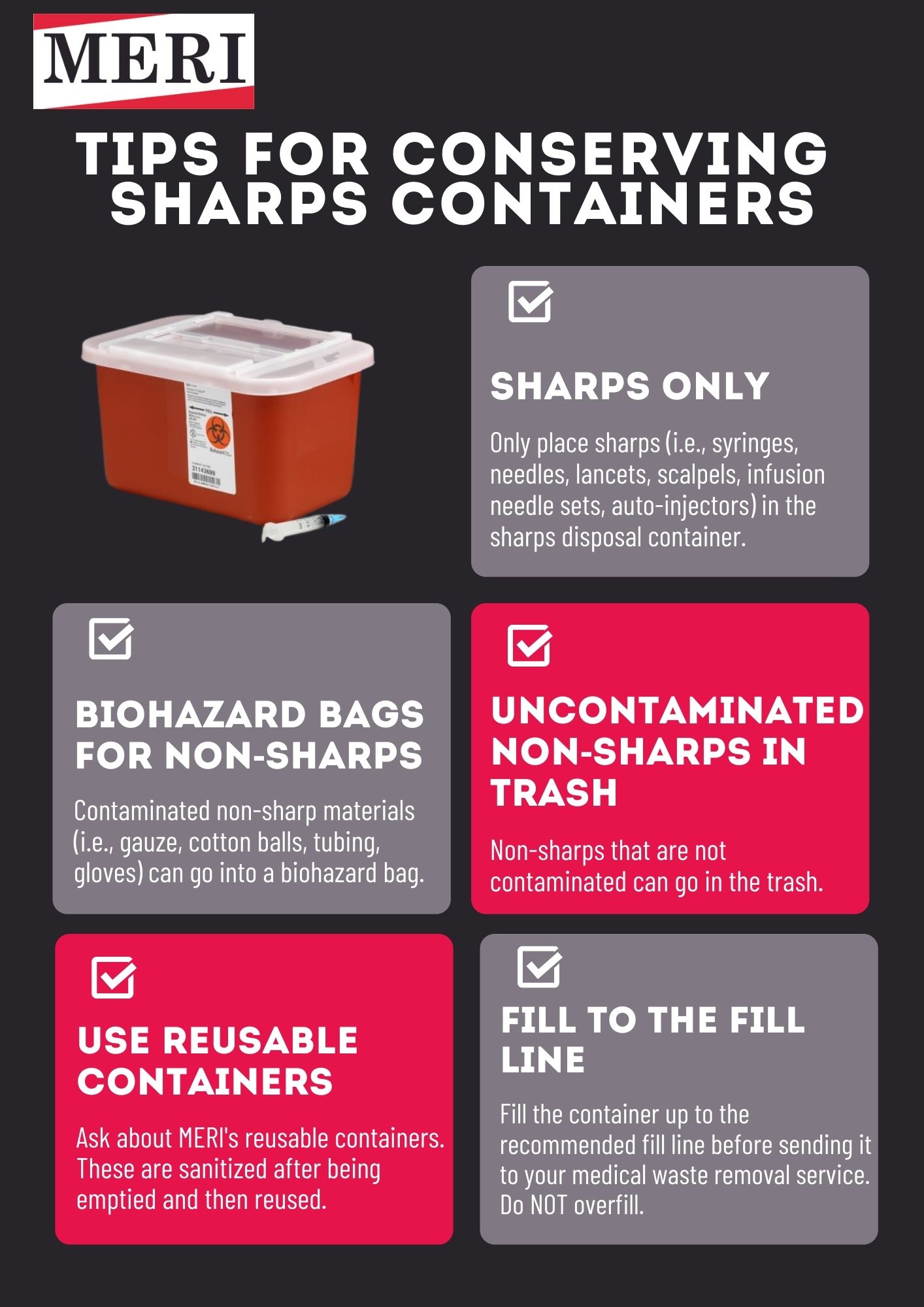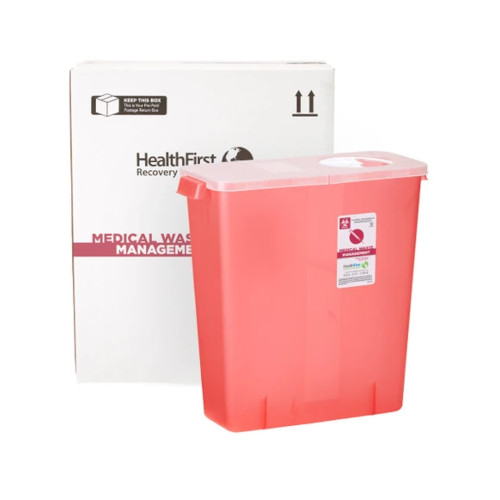Streamlined Solutions: Streamlining Health Care Methods with Professional Medical Waste Disposal
Streamlined Solutions: Streamlining Health Care Methods with Professional Medical Waste Disposal
Blog Article
Understanding the Different Kinds of Waste Disposal Methods
In the world of waste monitoring, the array of disposal techniques offered today is substantial and varied, each technique offering a distinctive objective in addressing the challenge of waste disposal. click here. From recycling approaches that intend to give new life to products, to the detailed processes of harmful waste monitoring, the landscape of waste disposal is complex yet vital for ecological sustainability. Recognizing the nuances of these different methods not just loses light on the importance of responsible waste management but likewise motivates us to reassess our strategy in the direction of waste disposal in a rapidly evolving world

Recycling Approaches
Recycling methods are crucial for lasting waste administration practices in both residential and commercial setups. medical waste disposal. By applying effective recycling strategies, a substantial amount of waste can be drawn away from garbage dumps, preserving all-natural resources and lowering the environmental influence of production procedures
In houses, curbside recycling programs play an essential function in motivating homes to different recyclable materials from basic waste. Products such as paper, plastics, glass, and metals can be arranged and accumulated for processing into new items, reducing the requirement for raw products and energy-intensive manufacturing processes.
Industrial facilities likewise depend on reusing methods to minimize waste generation and advertise a circular economic climate. By implementing closed-loop systems, companies can recycle products within their production procedures, minimizing prices and environmental footprint. medical waste disposal. Additionally, industrial recycling programs commonly entail partnerships with specialized reusing centers to guarantee that materials are effectively arranged, refined, and reintegrated right into the supply chain
Composting Strategies

Oxygenated static pile composting entails mixing natural waste materials in a huge pile and regularly turning it to make certain proper aeration. This technique is well-suited for smaller-scale operations and houses.
In-vessel composting entails placing natural waste in a closed container with regulated problems for temperature and oygenation. This method works for taking care of food waste in urban areas. Finally, windrow composting consists of developing long rows of natural waste and routinely transforming them to advertise decomposition. This strategy is commonly utilized in farming settings.
Garbage Dump Disposal
Land fill disposal is a generally utilized method for taking care of waste that can not be reused or composted. Methane gas, a by-product of disintegrating natural waste in land fills, is usually accumulated view website and utilized as a source of renewable power. Initiatives to decrease reliance on landfills consist of advertising waste reduction, reusing, and checking out alternate waste disposal methods to decrease the ecological footprint associated with typical land fill disposal methods.

Waste-to-Energy Incineration
Incineration of waste for energy generation is an approach progressively being taken into consideration as an alternative to standard land fill disposal methods. Waste-to-energy incineration involves the combustion of waste products at heats, usually in specialized centers designed to generate power or heat with the procedure - click here. This method not just decreases the quantity of waste that would certainly otherwise be destined for land fills but additionally utilizes the warmth produced during incineration to produce power
Among the key advantages of waste-to-energy incineration is its capability to produce electricity while lessening the ecological influence compared to conventional garbage dump disposal techniques. By transforming waste right into energy, this method assists in lowering greenhouse gas emissions and reliance on fossil fuels for energy generation. Furthermore, waste-to-energy centers are outfitted with sophisticated air contamination control modern technologies to minimize potential environmental pollutants released during the combustion process.
Contaminated Materials Management

Thinking about the important value of accountable waste administration practices, particularly in the world of ecological sustainability, the focus now shifts in the direction of the detailed domain name of Hazardous Waste Management. Contaminated materials postures substantial threats to both human wellness and the atmosphere, necessitating specialized handling and disposal strategies. Typical examples of contaminated materials consist of chemicals, batteries, pesticides, and electronic waste.
Unsafe Waste Administration involves the recognition, collection, transport, treatment, and disposal of products considered hazardous or possibly hazardous. This process calls for adherence to stringent guidelines and guidelines to minimize negative influence on ecological communities and public health and wellness. Various techniques are employed in handling hazardous waste, consisting of recycling, secure land fills, encapsulation, and chemical treatment.
Appropriate Contaminated Materials Administration is important for preventing contamination of soil, water resources, and air pollution. It is necessary for industries, labs, medical care facilities, and various other generators of hazardous waste to carry out durable management methods, training programs, and emergency situation reaction prepares to ensure the risk-free handling and disposal of these products. Failing to manage contaminated materials suitably can have far-reaching repercussions, emphasizing the significance of diligent and accountable techniques in this field.
Conclusion
To conclude, garbage disposal strategies play a critical role in managing and lessening the influence of waste on the setting. From reusing and composting to landfill disposal and waste-to-energy incineration, each method has its own benefits and restrictions. Appropriate monitoring of unsafe waste is also important to safeguard public health and wellness and the atmosphere. It is necessary for people and markets to recognize the various garbage disposal strategies readily available and select one of the most proper technique for sustainable waste management.
In the world of waste administration, the range of disposal techniques readily available today is huge and varied, each method offering an unique purpose in resolving the difficulty of waste disposal. click here. From reusing techniques that aim to give brand-new life to products, to the elaborate processes of dangerous waste administration, the landscape of waste disposal is complex yet essential for environmental sustainability. Recognizing the nuances of these different strategies not just sheds light on the relevance of accountable waste management yet likewise prompts us to reassess our technique towards waste disposal in a swiftly progressing world
Initiatives to reduce dependence on garbage dumps consist of promoting waste reduction, reusing, and exploring different waste disposal methods to decrease the environmental footprint associated with typical garbage dump disposal techniques.
It is crucial for industries and individuals to recognize the different waste disposal techniques offered and pick the most ideal approach for lasting waste administration.
Report this page